Toms in Smart Pots with Black Gold Soil.Should I add some Coir?
purplehouseWY
9 years ago
Related Stories
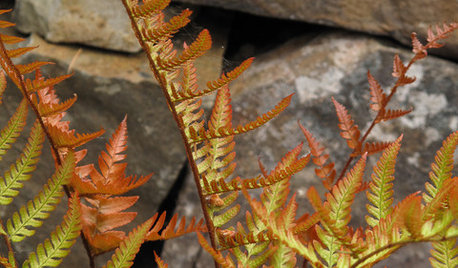
GARDENING GUIDESGreat Design Plant: Autumn Fern Adds Color All Year
Use this evergreen, easy-care fern for soft texture and coppery tints in container gardens and the landscape at large
Full Story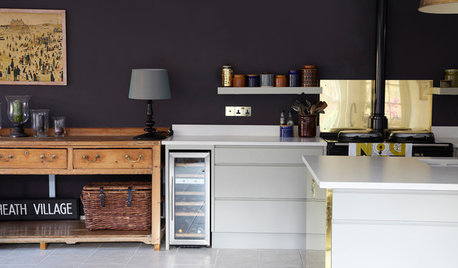
KITCHEN DESIGN10 Ways to Add Personality to Your Kitchen
Quirky little details, unexpected ingredients and smart styling help give a kitchen its own identity
Full Story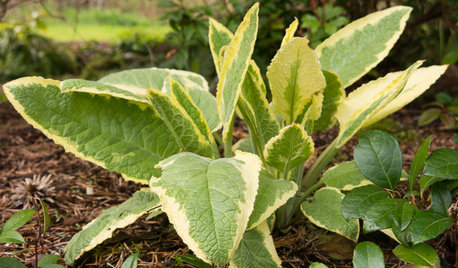
GARDENING GUIDESGreat Design Plant: Axminster Gold Comfrey for Sun or Shade
Plant this perennial for bold color that will light up shady spots, sparkle in the sun and add interest from spring until fall
Full Story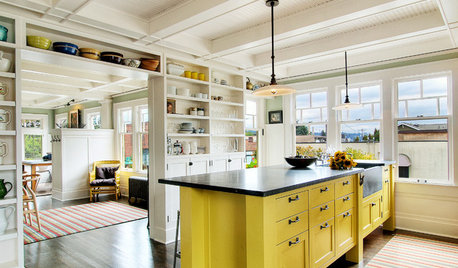
KITCHEN DESIGNHow to Lose Some of Your Upper Kitchen Cabinets
Lovely views, display-worthy objects and dramatic backsplashes are just some of the reasons to consider getting out the sledgehammer
Full Story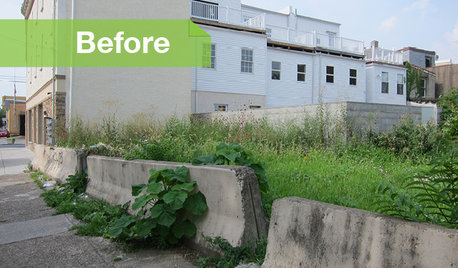
URBAN GARDENSGarbage to Garden: A Vacant Philly Lot Gets Some Green-Thumb Love
Transformed by an artist, this once-derelict urban property is now a tranquil garden with living walls
Full Story
KITCHEN DESIGNSmart Investments in Kitchen Cabinetry — a Realtor's Advice
Get expert info on what cabinet features are worth the money, for both you and potential buyers of your home
Full Story
MOST POPULARHow to Add a Backyard Shed for Storage or Living
Need a home office, a playspace or extra room for your stuff? Learn about off-the-shelf, prefab and custom sheds
Full Story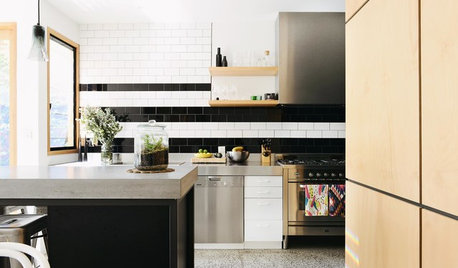
COLOR10 Pair-Ups for Black in the Kitchen
Combine black with other colors to add drama, polish and modernity. It also can make a kitchen look more spacious
Full Story
DECORATING GUIDESThe Dumbest Decorating Decisions I’ve Ever Made
Caution: Do not try these at home
Full Story
FARM YOUR YARDHow to Grow Vegetables in Containers
Get glorious vegetables and fruits on your patio with a pro’s guidance — including his personal recipe for potting mix
Full StorySponsored
More Discussions






johns.coastal.patio
digdirt2
Related Professionals
Mooresville Landscape Contractors · Bergenfield Landscape Contractors · Berwyn Landscape Contractors · El Reno Landscape Contractors · Gainesville Landscape Contractors · Lees Summit Landscape Contractors · Post Falls Landscape Contractors · Saint John Landscape Contractors · Jacksonville General Contractors · Kailua Kona General Contractors · Baton Rouge Decks, Patios & Outdoor Enclosures · Boise Decks, Patios & Outdoor Enclosures · Lansdale Decks, Patios & Outdoor Enclosures · Liberty Decks, Patios & Outdoor Enclosures · Miami Decks, Patios & Outdoor Enclosuresjohns.coastal.patio
johns.coastal.patio
johns.coastal.patio
edweather USDA 9a, HZ 9, Sunset 28
seysonn
DHLCAL
seysonn
johns.coastal.patio
digdirt2
johns.coastal.patio
johns.coastal.patio
johns.coastal.patio
digdirt2
johns.coastal.patio
johns.coastal.patio
digdirt2
johns.coastal.patio